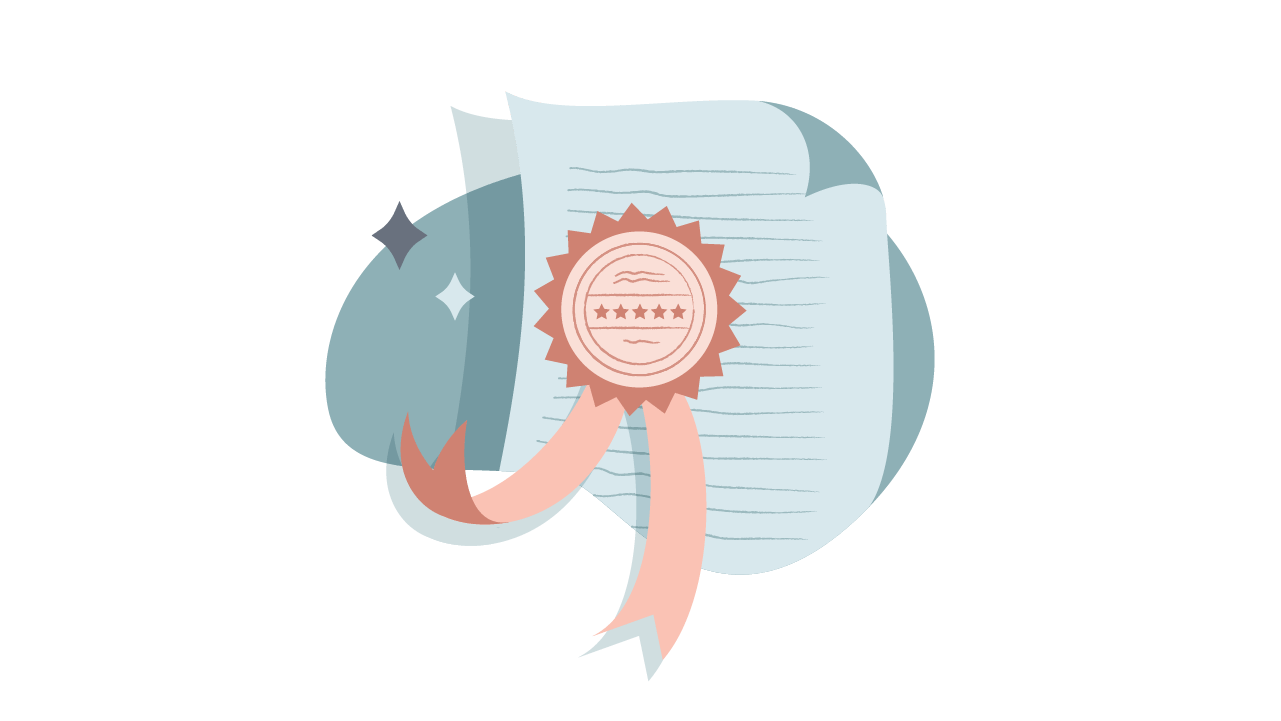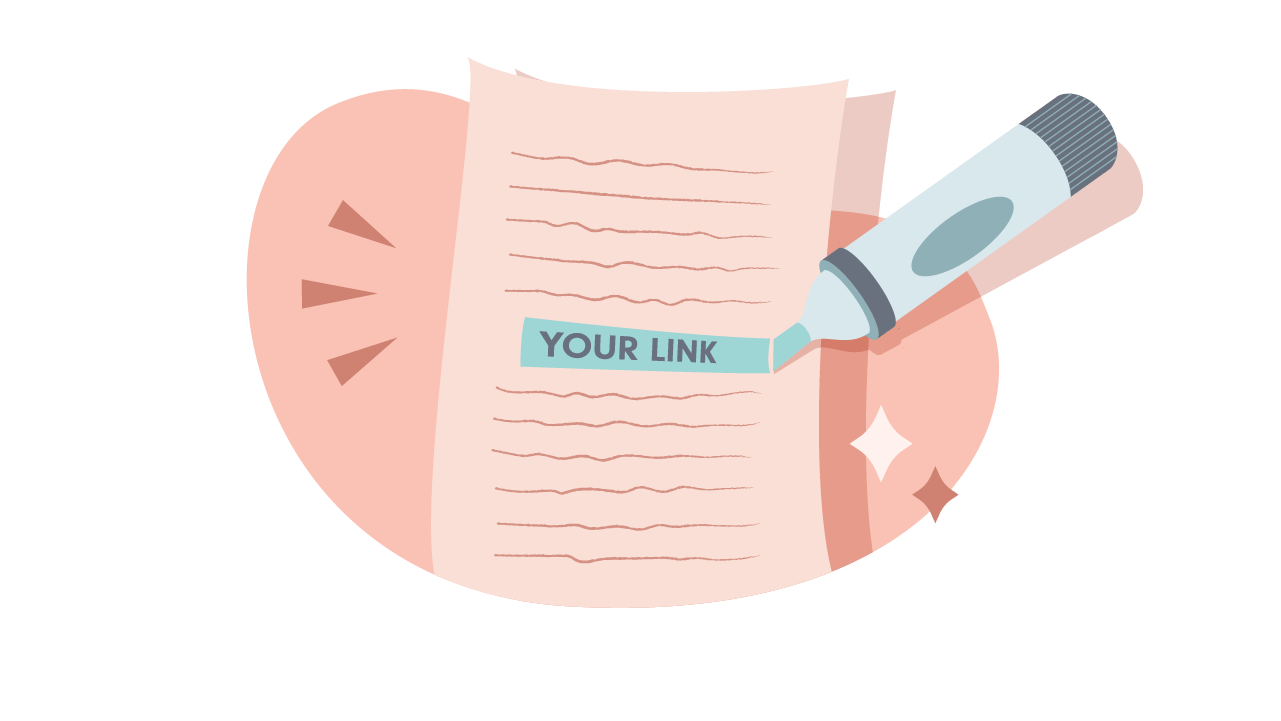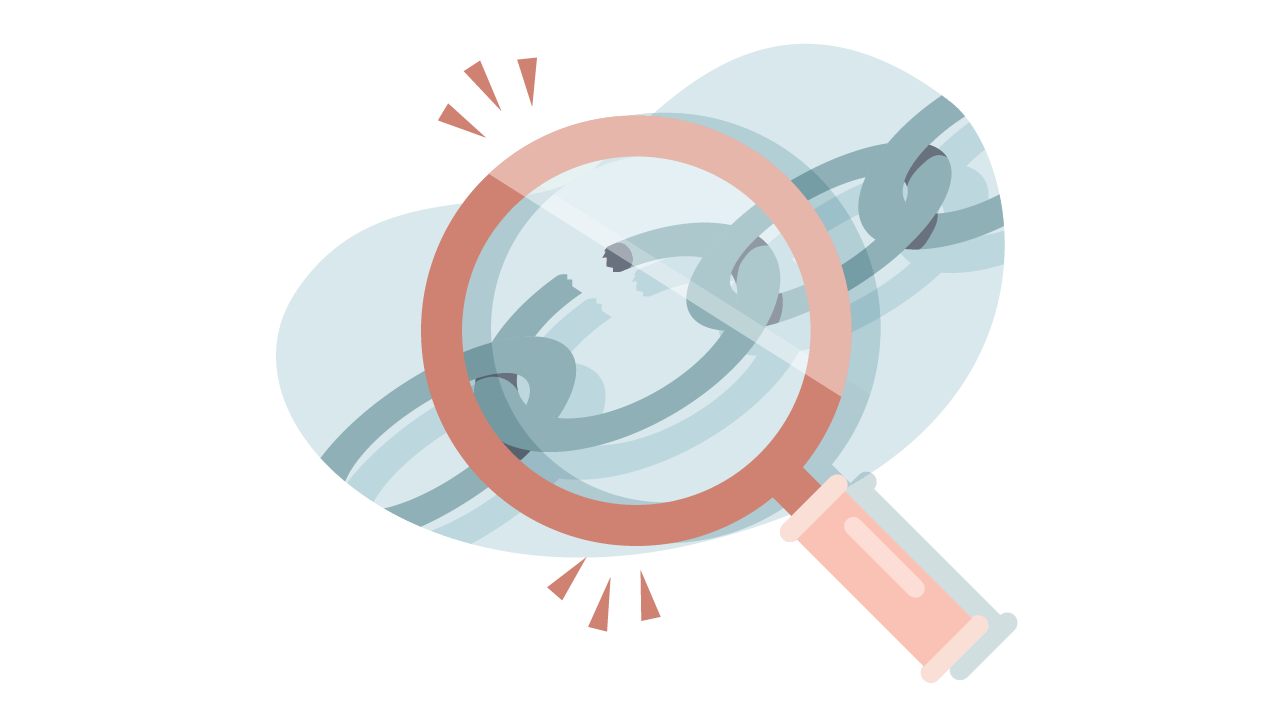B2B Brands: How to Build Empathy in Your Content Marketing
Without empathy, content creation can fall flat on its face. Understanding the mindset of your
In contrast to external linking, which links to pages on a different domain, internal linking is the practice of adding hyperlinks between pages on the same website. With internal links, Google can better understand your website and rank it properly. If you want to improve your site’s rankings, keep reading to review internal linking best practices for SEO.
When Google crawls a website, it follows all of its internal and external links. By doing so, it understands the relationship between different web pages and pieces of content.
Internal links help you create a site structure and hierarchy that allows search engines and users to navigate your website. They also help distribute page authority and ranking power throughout your site by passing link value to important pages.
Hoping to improve your link-building strategies? Take advantage of internal linking opportunities throughout your site by following these internal linking best practices to improve your SEO.
You need to have content to link to and from to begin building internal links, but don’t start creating a bunch of content just for the sake of it. Make sure you’re creating high-quality, relevant content unique to your site to maximize your SEO efforts from the start.

When adding internal links to your content’s body, don’t just stuff them in. Make sure they make sense and are relevant to the post you’re linking from. Contextual links are there to point to related content. When you add them, you’re providing a more engaging user experience and showing Google that those posts are topically related.
You’ll always want to add links to existing content from your new content. However, don’t forget that you can also go back and link to your new content from your old content. When you link to another page on your website, you’re building that page’s authority, which helps it rank higher on Google. Links from pages with higher authority will pass more link juice, or value, to newer pages. You can use a free tool such as Google Search Console to check the authority of your pages.
Ideally, you should always choose descriptive anchor text that’s relevant to both the page you’re linking to and the page you’re linking from. You’ll want to avoid keyword stuffing so your links don’t look spammy, but still, make sure you’re choosing anchor text that you want to rank for, and that makes sense given its context. You’ll also want to use different anchor text for each link to avoid confusing Google when it crawls your page.

There’s no set number of internal links you should or shouldn’t use, but don’t overdo it! Google’s Webmaster Guidelines say that you should limit the number of links on a page to a reasonable number. Strategic placement of links can reduce your site’s bounce rate. Try not to cluster all your links together in one area of your content. It’s okay to have a few in the same paragraph, but be mindful and make sure to place them in places that are natural, contextual, and engaging to readers.
You’ll want to monitor your pages for broken links so that you can find and fix them. Once you find them, you can remove them altogether or update their URLs. There are many free online tools that you can use to check your site for broken links.

You’ll also want to ensure that your site links are dofollow links. This search directive for crawlers tells them which links they should and shouldn’t be paying attention to when determining page rankings and spreading link equity. If you have links on your page that don’t add SEO value, like confirmation pages or login links for clients on your homepage, you may want to set them as nofollow links.
While there are several internal linking tips to follow, these five will help you get a head start on maximizing the value of your link-building efforts. Need help building your internal linking structure? Our team of SEO experts can help you implement the SEO strategies you need to optimize your website and boost your page rankings. Contact our office today!
Fill out the form and we’ll be in touch as soon as possible.